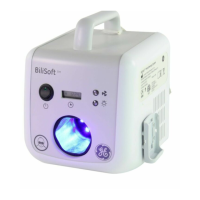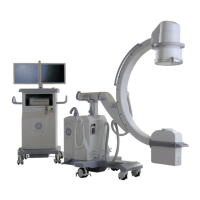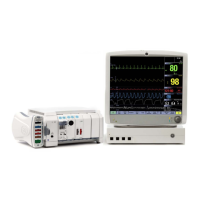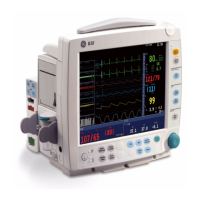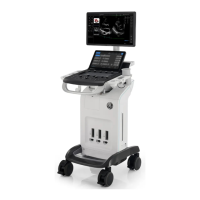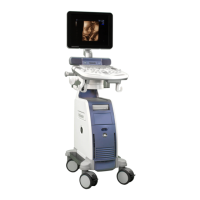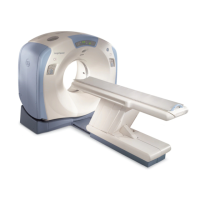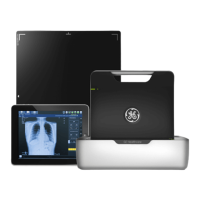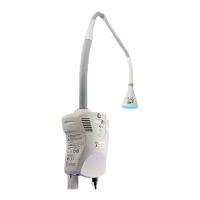Do you have a question about the GE B20 and is the answer not in the manual?
| SpO2 | Yes |
|---|---|
| NIBP | Yes |
| Temperature | Yes |
| Respiration | Yes |
| Cardiac Output | No |
| Type | Patient Monitor |
| Power Requirements | 100-240 VAC, 50/60 Hz |
| Display Type | LCD |
| Battery Type | Lithium Ion |
| ECG | Yes |
| IBP | Yes |
| Display | Color TFT LCD |
| Probe Connectors | Varies depending on configuration (ECG, SpO2, NIBP, Temp, IBP) |
Describes the intended use and patient population for the B40 monitor.
Describes the intended use and patient population for the B20 monitor.
Defines signal words (Danger, Warning, Caution, Notice) for hazard severity.
Lists essential warning messages for safe operation and use.
Lists caution messages for safe operation and handling.
Lists cautions for preventing damage and ensuring safe operation.
Describes the procedure for inserting and removing acquisition modules.
Lists cautions regarding network interface installation.
Lists warnings related to battery use, explosion, and disposal hazards.
Lists warnings for initial setup, presets, and patient configuration.
Describes how to change the monitor's screen configuration and layout.
Details how to change the displayed waveforms on the screen.
Describes how to change the monitor's default startup mode.
Explains how to customize, save, and change user modes.
Describes how the monitor indicates patient or system related alarm conditions.
How to manually adjust specific alarm limits.
How to automatically set high and low alarm limits.
Steps for initiating patient monitoring, including connections and settings.
How to view and print stored waveform or trend snapshots.
How to configure OCRG alarm limits and short apnea time.
Instructions for printing data via a network laser printer.
How to print graphical trend data, including setup options.
Instructions for recording waveforms to local or network recorders.
Lists warnings and precautions for cleaning the monitor and accessories.
Checks for ECG, NIBP, SpO2, Temp, IBP, Airway Gas, and Entropy modules.
Checks for alarm function, software safety, and preventative maintenance.
Steps to perform before starting the airway gas calibration process.
Detailed steps for initiating and performing airway gas calibration.
How to select ECG filters and the heart rate source.
How to select ECG waveforms and display grids.
How to adjust beat sound volume and set ECG alarms.
How to automatically or manually adjust ST measurement points.
How to set up limits for ST segment alarms.
How to connect respiration equipment and turn on the measurement.
Configuring waveform size, rate source, and detection limits.
How to prepare patient for SpO2 and select heart rate source.
How to adjust beep volume, waveform scale, and averaging time.
Common issues and solutions for airway gases, arrhythmia, batteries, and ECG.
How to set up automatic and custom NIBP measurement cycles.
How to start and stop NIBP auto and STAT measurements.
How to prepare the patient and connect temperature probes.
Lists warnings and cautions for Entropy monitoring and sensor use.
Declaration regarding the monitor's electromagnetic emissions compliance.
